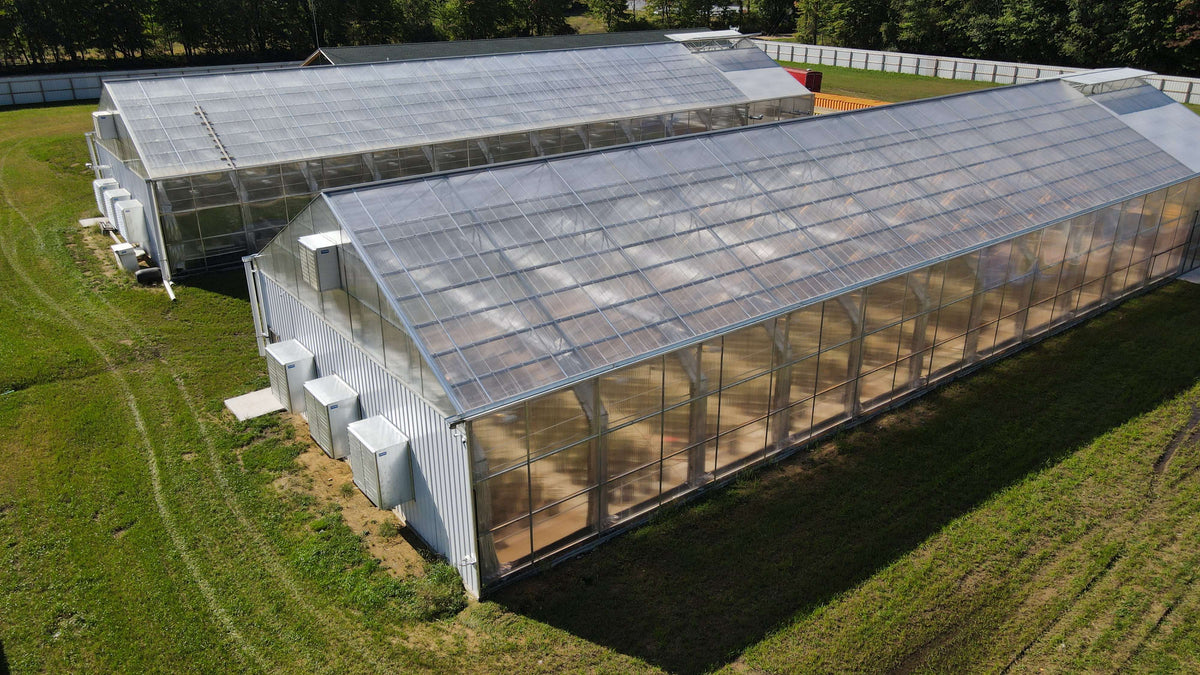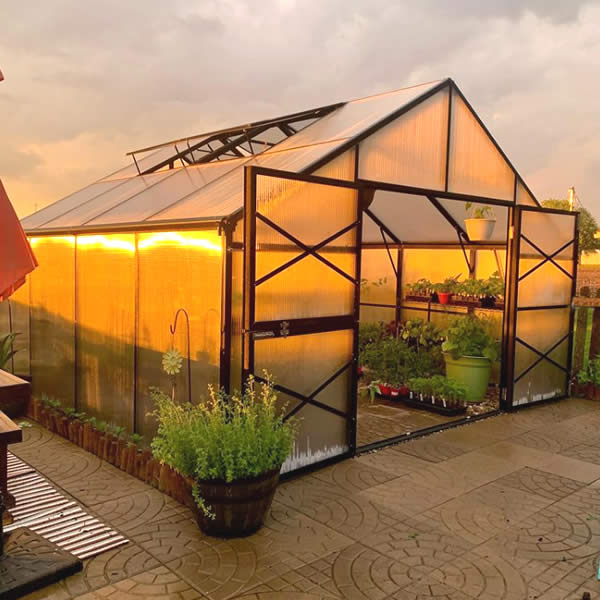Seamless Integration: Monarch Greenhouse Installation Utah Expert Touch
Wiki Article
The Future of Greenhouses: Advancements in Sustainable Farming
Are you curious regarding the future of greenhouses and exactly how they are revolutionizing sustainable agriculture? From sophisticated climate control systems to vertical farming techniques, water-efficient watering approaches, eco-friendly power assimilation, and wise information analytics, these innovations are changing the means we expand our food.Advanced Environment Control Equipment
To achieve optimal growing problems, you can rely upon the innovations in greenhouses with innovative environment control systems. These systems have actually changed the means we grow plants, supplying a regulated atmosphere that is helpful to plant growth. With these innovative systems, you can currently adjust temperature level, humidity, light levels, and also CO2 concentrations to produce the excellent conditions for your plants to prosper.One of the essential features of these advanced environment control systems is their capacity to control temperature. By using sensors and automated controls, the greenhouse can adjust the temperature level based upon the particular demands of the plants. This ensures that they are never ever subjected to extreme warmth or chilly, which can be destructive to their growth.
Humidity control is another crucial aspect of these systems. By maintaining the ideal moisture levels, you can prevent problems such as mold and mildew, mold, and illness from affecting your plants. These systems can likewise control the amount of light that gets to the plants, ensuring that they obtain the ideal amount for photosynthesis.
In addition, advanced environment control systems can even adjust carbon dioxide concentrations. By increasing the degrees of CO2 in the greenhouse, you can improve plant development and productivity. This is specifically useful in locations with reduced natural carbon dioxide levels.
Vertical Farming Strategies
One vital upright farming technique is making use of stacked growing systems. Stacked growing systems are frequently used in metropolitan locations where room is restricted.One popular technique is recognized as upright hydroponics, where plants are grown in nutrient-rich water without soil. This technique is highly reliable as it reduces water usage by up to 90% compared to conventional farming approaches. Additionally, since the plants are grown indoors, they are safeguarded from conditions and parasites, reducing the need for chemicals.
Another strategy is aeroponics, which includes suspending the plant roots in a mist or air atmosphere. This approach permits for optimum nutrient absorption and oxygenation, causing faster development and greater returns. Aeroponics additionally utilizes less water than conventional farming and can be executed in vertical systems, making it a prominent selection for upright farming.
Water-efficient Irrigation Approaches
Maximizing water conservation is essential when it comes to applying water-efficient watering approaches in lasting agriculture. With worldwide water scarcity becoming a pressing issue, it is crucial to create innovative techniques that maximize water usage in greenhouse procedures.One appealing method is drip watering, which supplies water directly to the plant origins, reducing waste and dissipation. By utilizing a network of tubes with little emitters, water is applied gradually and precisely, making certain that plants get the needed moisture without excess drainage.
Another efficient technique is the usage of soil moisture sensors. These tools determine the wetness material in the dirt and offer real-time information to farmers. By keeping track of the dirt's wetness levels, farmers can properly identify when and just how much water to apply, stopping over-irrigation.
Additionally, the implementation of rain harvesting systems is gaining appeal in greenhouse farming. Collecting rain from roofs and keeping it in tanks permits farmers to utilize this natural deposit for watering functions, reducing dependence on conventional water resources.
Last but not least, the fostering of automated irrigation systems can dramatically enhance water efficiency. These systems make use of sensing units to discover soil wetness levels and weather problems, readjusting irrigation routines accordingly. By enhancing water usage based upon actual plant requirements, these systems can reduce water waste and promote sustainable farming practices.
Renewable Resource Integration
Currently, let's look into just how you can integrate eco-friendly energy right into your greenhouse procedures for an extra lasting future. Eco-friendly energy assimilation in greenhouses offers numerous advantages, including minimized operating expenses and decreased reliance on non-renewable power resources. One way to integrate renewable resource is via the installation of solar panels. These panels are positioned on the roof or bordering locations of the greenhouse to capture sunlight and convert it into electrical power. The created power can after that be used to run various operations great post to read within the greenhouse, such as heating, illumination, and air flow systems. Additionally, excess energy can be saved in batteries for use during non-sunlight hours. One more technique of renewable resource integration is making use of wind turbines. These turbines harness wind power and convert it into electricity, which can be utilized to supplement the power demands of the greenhouse. Incorporating renewable resource resources not only decreases greenhouse gas discharges however likewise advertises sustainability and strength in your farming operations. By embracing renewable resource, you can add to a greener future while ensuring the long-term viability of your greenhouse organization.Smart Information Analytics and Automation
To improve the effectiveness pop over to these guys of your greenhouse operations and maximize resource use, consider carrying out clever data analytics and automation. Smart data analytics includes gathering and assessing data from different sensors and gadgets within your greenhouse.
Automation, on the various other hand, involves using innovation to automate jobs that were formerly done by hand. This can consist of automating the control of lights, ventilation, irrigation systems, and nutrient delivery. By automating these processes, you can make sure that your plants get the appropriate problems and nutrients at the appropriate time, without the check my reference demand for constant manual intervention. This not only saves you effort and time however likewise reduces the risk of human error.
Additionally, wise data analytics and automation can interact synergistically. The information accumulated by sensing units can be utilized to inform automated systems, permitting them to make real-time changes based upon the present conditions. This integration of information analytics and automation can cause a lot more accurate and efficient source allotment, ultimately causing greater yields and far better plant high quality.
Conclusion
In verdict, the future of greenhouses in sustainable farming looks promising. With sophisticated environment control systems, vertical farming methods, water-efficient watering methods, and eco-friendly energy combination, greenhouses are coming to be more effective and eco friendly.
By optimizing water usage based on actual plant requirements, these systems can minimize water waste and advertise lasting farming techniques.

Report this wiki page